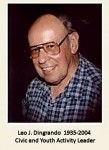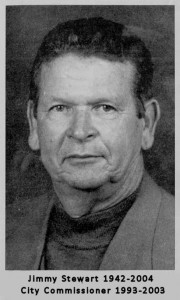 William Clark Shannon, who held public office in Williamson County for more than a quarter of a century, including those of Marion Mayor, City Magistrate, County Sheriff and County Treasurer, was born in Cannon City, Colorado to Abraham and Mary Shannon on March 13, 1888.
William Clark Shannon, who held public office in Williamson County for more than a quarter of a century, including those of Marion Mayor, City Magistrate, County Sheriff and County Treasurer, was born in Cannon City, Colorado to Abraham and Mary Shannon on March 13, 1888.
William’s father, Abraham was a full blooded Irish coal miner who was born in Northern Ireland in 1861 and immigrated in 1876, at the age of 15 to America to work the mines. He became a citizen in 1884. William’s mother, Mary, was full blooded English, but was naturalized by the process of her parents becoming citizens. Continue reading











